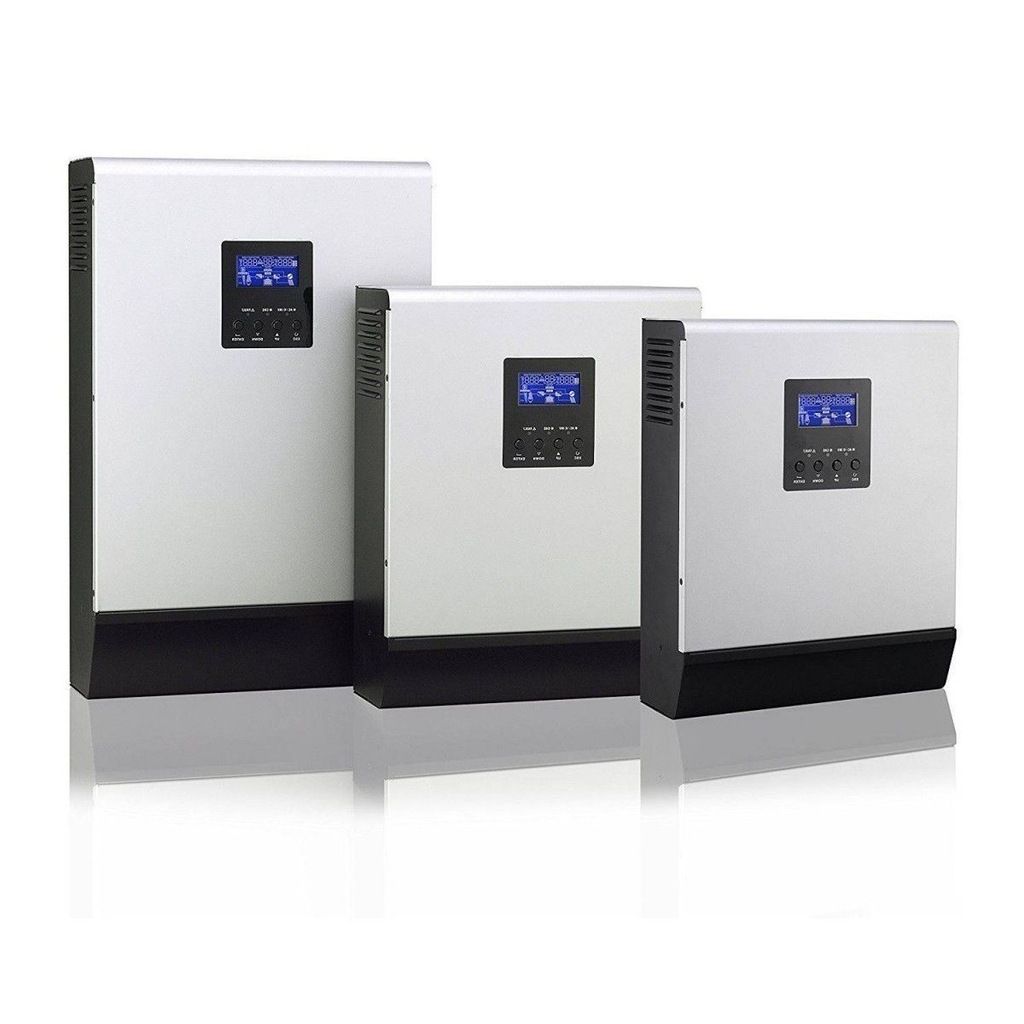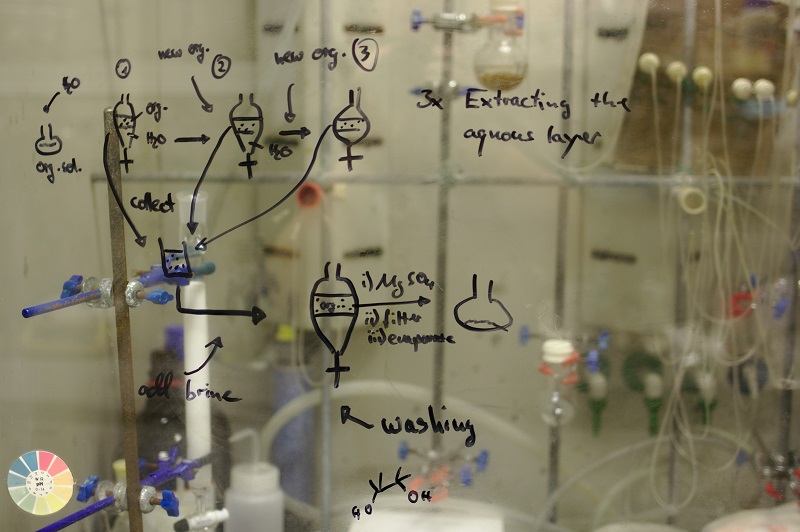Introduction to Solar Inverters
As solar energy continues to grow in popularity, understanding the components of a solar power system becomes increasingly important. One of the most critical components in any solar setup is the solar inverter. Solar inverters play an essential role in converting solar energy into usable electricity, making them a crucial element in the quest for renewable energy.
What is a Solar Inverter?
A solar inverter is a device that converts the direct current (DC) produced by solar panels into alternating current (AC), which powers household appliances and electrical systems. Without an inverter, the energy generated by solar panels would be incompatible with most modern devices, making it unusable for the average home or business.
Types of Solar Inverters
There are several types of solar inverters, each designed to meet specific needs within solar energy systems. Understanding the differences among them can help you choose the best option for your energy needs.
String Inverters
String inverters are one of the most common types. They work by connecting a series of solar panels into a “string,” which then feeds into a single inverter. This type is cost-effective and works well in settings where panels receive uniform sunlight.
Microinverters
Microinverters are installed on individual solar panels, making them ideal for installations where shading or varied angles are a concern. They offer more efficiency in low-light conditions but come at a higher price point.
Power Optimizers
Power optimizers are paired with string inverters to enhance their efficiency. They maximize the power output from each panel, making them a good choice for installations where panels might face some shading.
Hybrid Inverters
Hybrid inverters are versatile and can work with both solar panels and energy storage systems like batteries. They’re a popular choice for homeowners looking to increase energy independence and have backup power.
Off-Grid Solar Inverters
Off-grid inverters are designed for systems not connected to a main electricity grid. These are popular in remote areas and are often paired with batteries to store energy.
Choosing the Right Solar Inverter
Selecting the right inverter depends on several factors, including your energy requirements, budget, and the specific setup of your solar panels. Consider the types of devices you’ll power, as well as whether your system might need to expand in the future.
How Do Solar Inverters Work?
Solar inverters work by converting DC electricity from the solar panels into AC electricity suitable for household use. This conversion process involves a series of electronic steps that ensure the energy produced is safe and compatible with your power needs.
- Conversion of DC to AC: The inverter adjusts the voltage and frequency to match the electrical grid or your home’s power requirements.
- Energy Monitoring: Many inverters include monitoring features to track energy production and efficiency.
- Optimization: Some inverters optimize energy output, adjusting based on sunlight and temperature conditions.
Why Solar Inverters are Essential in Solar Energy Systems
Solar inverters are the core of any solar power setup because they make energy usable. Without an inverter, the DC electricity from panels would be incompatible with appliances and devices that rely on AC power.
Benefits of Using Solar Inverters
Inverters not only provide essential energy conversion but also help reduce electricity bills, minimize environmental impact, and increase energy independence. With the right inverter, solar power can supply all or a large portion of a home’s energy needs.
Installation and Maintenance of Solar Inverters
Installing a solar inverter typically involves working with a certified technician to ensure it meets local electrical standards. Once installed, maintaining the inverter is relatively straightforward. Regular inspections, keeping it clear of debris, and monitoring its performance can ensure long-lasting efficiency.
Common Issues with Solar Inverters and Troubleshooting Tips
While solar inverters are designed for durability, they can encounter issues like overheating, reduced efficiency, and power loss. Regular maintenance can help prevent these issues. For minor problems, simple solutions include cleaning the inverter and checking connections. For more serious issues, consult a professional.
Future Trends in Solar Inverter Technology
The future of solar inverters is bright, with ongoing innovations focusing on improving efficiency, connectivity, and compatibility with emerging battery technologies. Advanced monitoring capabilities and integration with smart home systems are also expected in the coming years.
Conclusion: Maximizing Solar Energy Efficiency with Inverters
Solar inverters are a fundamental component in any solar energy system, enabling the conversion of solar power into usable energy. By choosing the right inverter and ensuring proper maintenance, you can maximize the efficiency and benefits of solar energy, contributing to a more sustainable future.
FAQs
1. What is the average lifespan of a solar inverter?
Most solar inverters last between 10 to 15 years with proper maintenance. Advanced models can last up to 20 years.
2. Can solar inverters work with any solar panel?
Yes, solar inverters can generally work with most solar panels, but pairing the right type enhances efficiency.
3. Do solar inverters work in cloudy weather?
Yes, inverters still work on cloudy days, but output may be reduced depending on sunlight levels.
4. Are microinverters better than string inverters?
Microinverters are ideal for systems with shading or uneven light, while string inverters are more cost-effective in optimal conditions.
5. How much does a solar inverter cost?
Costs vary by type and power capacity, with prices ranging from a few hundred to several thousand dollars depending on system requirements.



